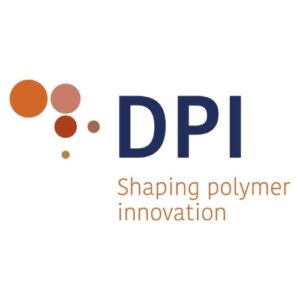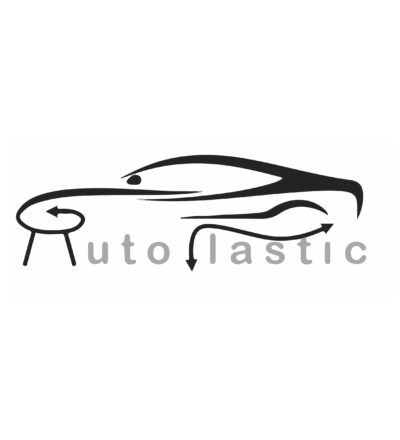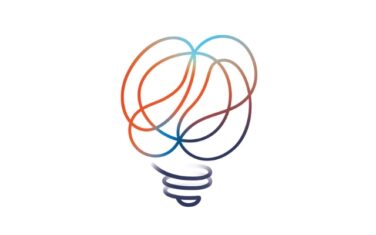As the automotive industry faces new recycling legislation, the AutoPlastic project leads the way in boosting car plastic recycling. It helps the Dutch automotive sector stay ahead by developing solutions to improve recycling rates and support circularity. Through cutting-edge technologies and collaboration across industries, AutoPlastic is shaping the future of sustainable automotive materials.
In short:
- AutoPlastic aims to increase the circularity of plastic recycling in the automotive industry to support the goal of quadrupling recycling of plastics from car parts by 2030.
- This project includes work packages that enhance waste plastic sensing, advanced processing techniques, and reuse/recycling technology.
The background
Recent revisions to the End-of-Life Vehicles (ELV) EU Directive create an opportunity to improve plastic recycling in the automotive sector. Unlike previous policies that focused on total vehicle weight, the new directive targets plastic components specifically. This shift impacts the Dutch automotive industry, where the current reuse/recycling rate is 88%, below the EU average of 90.5%, and focused mainly on metals. Currently, 85% of end-of-life automotive plastics are incinerated, and only 15% are recycled as raw material.
The AutoPlastic project therefore offers a technology-driven solution to help the Dutch automotive sector quadruple plastics recycling by 2030, as required by the new directive.
The approach of AutoPlastic
AutoPlastic improves plastic recycling in the automotive value chain by bringing together waste producers, plastic manufacturers, and knowledge institutions like ARN, University of Maastricht, and SABIC.
The project pursues four main objectives:
- Optimize Pre-Treatment Strategies
Focused on automotive exterior parts, the project explores and tests industrial-scale pre-treatment methods to improve the quality of plastic feedstock before recycling. This ensures that contaminants are reduced and material characteristics are preserved for further processing. - Characterize Waste Plastic Streams
By analyzing physical-chemical and structural properties of automotive plastics, particularly polyolefins (PO) and engineering thermoplastics (ETP), the project creates a clear profile of materials that informs sorting and reuse decisions. - Evaluate Reuse Potential via Performance Indicators
The project establishes standardized methods to assess the performance potential of compounded materials, allowing recyclers to understand the value and possible applications of reprocessed plastics. - Demonstrate Material Properties for Broader Use
By testing and showcasing the mechanical properties of formulated recycled plastics, AutoPlastic builds confidence in their use for new products, encouraging wider adoption in the automotive and manufacturing sectors.
Why This Project Is Relevant
AutoPlastic is highly relevant due to the urgency and scale of the challenge posed by the new ELV directive.
By developing a robust system to evaluate, process, and reuse automotive plastics, this project delivers a scalable and replicable model that meets legislation, reduces environmental impact, and strengthens the Dutch automotive industry’s global competitive edge.
You might also be interested in
Acknowledgement & partners








